Home> Bearing Technology> Needle Bearing Applications and Innovations: A Detailed Exploration of Its Origins and Uses
Needle Bearing Applications and Innovations: A Detailed Exploration of Its Origins and Uses
NOVEMBER 02, 2022Introduction
In the vast landscape of engineering and industrial applications, needle bearings stand out as indispensable components, offering precise motion control and load-bearing capabilities in a compact design. In this article, we embark on a detailed exploration of the origins, diverse applications, and innovative advancements of needle bearings. From their humble beginnings to their pivotal role in modern machinery, we delve into the evolution and significance of these essential components.
Needle bearings, also known as needle roller bearings, are a type of roller bearings characterized by their cylindrical rollers with a high length-to-diameter ratio. These rollers, known as needles, provide a large surface area contact with the raceways, enabling needle bearings to support high radial loads while maintaining a small footprint. This unique design makes them ideal for applications where space is limited and high radial load capacity is required.
In various industries such as automotive, aerospace, industrial machinery, and robotics, needle bearings play a crucial role in facilitating smooth and efficient mechanical operations. Whether it's powering automotive transmissions, guiding aircraft control surfaces, or supporting heavy machinery in manufacturing plants, needle bearings are ubiquitous in countless applications.
The purpose of this article is to provide a comprehensive overview of needle bearing applications and innovations, shedding light on their origins, evolution, and the latest advancements in the field. By exploring their diverse uses and innovative developments, we aim to highlight the unparalleled versatility and significance of needle bearings in modern engineering and industrial practices.
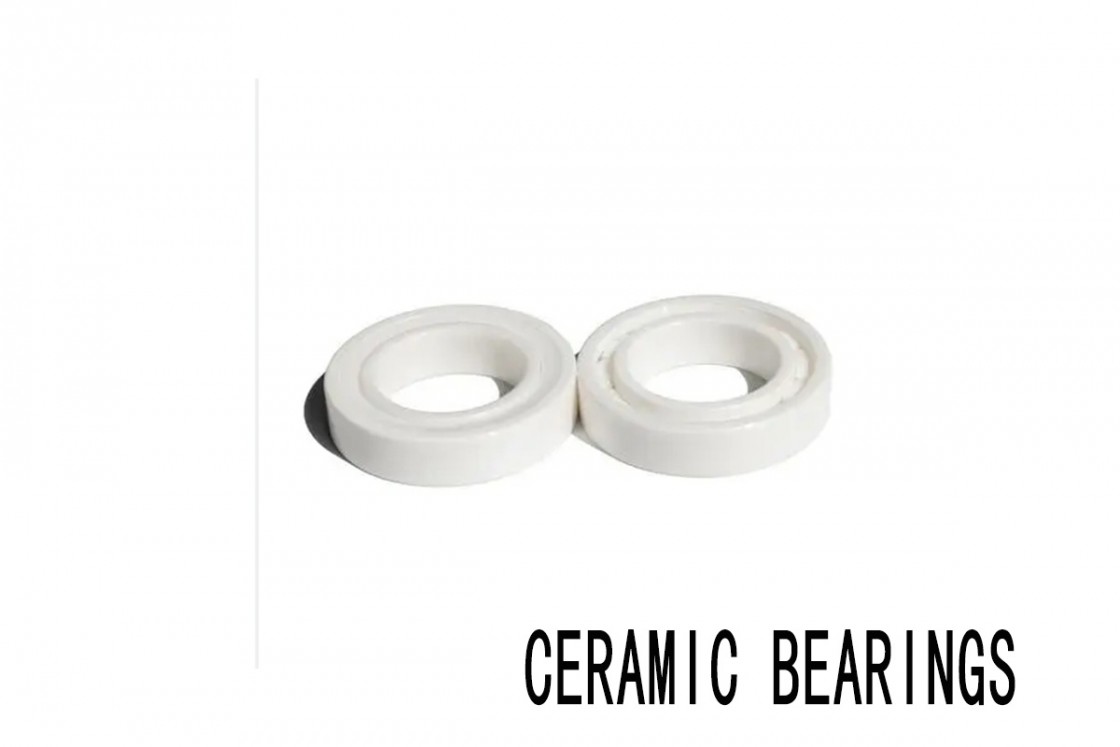
Historical Origins of Needle Bearings
The history of needle bearings traces back to the early developments in mechanical engineering, where the need for compact yet efficient bearing solutions became increasingly apparent. delves into the historical origins of needle bearings, highlighting the key figures, companies, and pivotal moments in their invention and evolution.
|
Early Development and Invention of Needle Bearings |
|
The concept of needle bearings emerged in the late 19th and early 20th centuries as engineers sought to address the limitations of traditional bearing designs. The primary challenge was to develop a bearing solution that could support high radial loads while occupying minimal space. This led to the invention of needle bearings, characterized by their cylindrical rollers with a high length-to-diameter ratio. |
|
One of the earliest known applications of needle bearings dates back to the early 1900s when German engineer Fritz Höhn introduced the idea of using needle rollers in bearing assemblies. Höhn's innovative design revolutionized the bearing industry by offering a compact and lightweight solution capable of handling heavy loads. |
|
Key Figures and Companies Involved in the Initial Innovation |
|
Several key figures and companies played instrumental roles in the initial innovation and commercialization of needle bearings. Among them, the Torrington Company, founded in 1866 in the United States, stands out as a pioneer in the development of needle bearing technology. Torrington's early advancements in needle bearing design laid the foundation for the widespread adoption of these bearings across various industries. |
|
In Europe, companies like SKF and INA also made significant contributions to the advancement of needle bearing technology. SKF, a Swedish bearing manufacturer founded in 1907, introduced innovative needle bearing designs that further improved performance and reliability. |
|
Evolution of Needle Bearing Design Over Time |
|
Over the decades, needle bearing design has undergone significant evolution driven by advancements in materials, manufacturing processes, and engineering techniques. Early needle bearings were simple in design, consisting of a cage assembly and cylindrical rollers. However, as demand for higher performance and reliability grew, manufacturers began incorporating innovative features such as precision-ground raceways, optimized cage designs, and advanced lubrication systems. |
Today, needle bearings are available in a wide range of configurations to suit diverse application requirements. From miniature needle bearings used in precision instruments to heavy-duty bearings employed in industrial machinery, the evolution of needle bearing design continues to push the boundaries of performance and innovation.
Needle Bearing Applications
Needle bearings, with their versatile design and exceptional performance characteristics, find applications across various industries, driving innovation and efficiency. explores the diverse applications of needle bearings in different sectors, highlighting their significance and role in advancing technological advancements.
Automotive Industry
In the automotive sector, needle bearings play a crucial role in various components, including transmissions and drive shafts. Their compact design and high load-carrying capacity make them ideal for handling the dynamic forces and rotational speeds encountered in these applications. By reducing friction and wear, needle bearings contribute to smoother operation, improved fuel efficiency, and enhanced vehicle performance.
Aerospace Industry
Needle bearings are extensively utilized in the aerospace industry for critical applications such as jet engines and landing gear systems. Their ability to withstand high temperatures, extreme speeds, and heavy loads makes them indispensable in these demanding environments. Additionally, the precision and reliability of needle bearings ensure optimal performance and safety in aerospace operations.
Industrial Machinery
In industrial settings, needle bearings find widespread use in conveyor systems, heavy machinery, and other mechanical equipment. Their durability, high load capacity, and efficiency make them well-suited for handling the rigorous demands of industrial applications. Needle bearings facilitate smooth motion, reduce frictional losses, and prolong the service life of machinery, thereby enhancing productivity and reducing downtime.
Medical Devices
The medical industry relies on needle bearings for various applications in surgical instruments, diagnostic equipment, and medical devices. Their precision, low friction, and high reliability are crucial in maintaining the accuracy and effectiveness of medical procedures. Needle bearings ensure smooth and precise motion in critical healthcare equipment, contributing to better patient outcomes and safety.
Renewable Energy
In the renewable energy sector, needle bearings play a vital role in wind turbines and solar panel tracking systems. Their ability to withstand harsh environmental conditions and sustain heavy loads makes them integral components in renewable energy infrastructure. By facilitating efficient energy conversion and system operation, needle bearings contribute to the advancement of sustainable energy solutions.
Conclusion
The diverse applications of needle bearings underscore their versatility and importance across various industries. From automotive and aerospace to industrial machinery, medical devices, and renewable energy, needle bearings continue to drive innovation, efficiency, and reliability in diverse fields, shaping the future of technology and engineering.
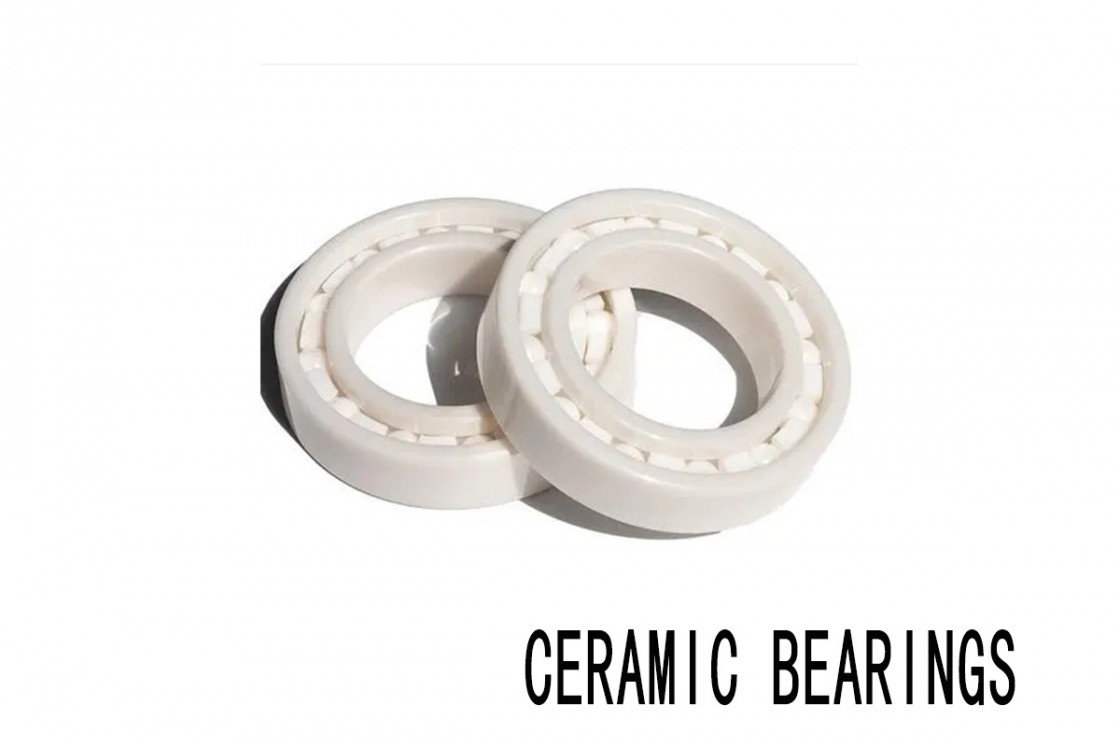
Detailed Exploration of the Structural Features of Needle Bearings
Needle bearings, characterized by their cylindrical rollers with a high length-to-diameter ratio, boast a unique design that sets them apart from other types of bearings. These structural features contribute to their exceptional performance and versatility across various applications.
Explanation of Needle Bearing Design
The design of a needle bearing revolves around its cylindrical rollers, which are much thinner in diameter compared to their length. This design enables needle bearings to accommodate high radial loads while occupying minimal space, making them ideal for applications where space is limited or where heavy loads need to be supported.
Additionally, needle bearings typically consist of an outer race, an inner race, and a cage assembly that retains the cylindrical rollers in place. The precision manufacturing of these components ensures proper alignment and smooth operation, even under demanding conditions.
Types of Needle Bearings
There are several types of needle bearings, each tailored to specific application requirements:
Drawn Cup Needle Bearings: These bearings feature thin-walled, drawn outer cups and a cage assembly that retains the rollers. Drawn cup needle bearings are commonly used in automotive transmissions, power tools, and appliances due to their compact design and high load-carrying capacity.
Thrust Needle Bearings: Designed to accommodate axial loads in one direction, thrust needle bearings consist of a cage assembly with cylindrical rollers. These bearings are commonly used in automotive, aerospace, and industrial applications where precise axial positioning is essential.
Radial Needle Bearings: Radial needle bearings are designed to support radial loads, making them suitable for applications where radial forces predominate. They feature a compact design with a high load-carrying capacity and are commonly found in gearboxes, pumps, and agricultural machinery.
Materials Used in Manufacturing Needle Bearings
The materials used in the manufacturing of needle bearings play a crucial role in their performance and durability. Common materials include:
|
Material |
Description |
|
High-Quality Steel Alloys |
Steel alloys are preferred in needle bearing manufacturing due to their exceptional strength, hardness, and wear resistance. They undergo heat treatment processes to further enhance mechanical properties, ensuring consistent performance. |
|
Ceramics |
Ceramics have gained popularity as an alternative material for needle bearings, especially in high-speed and high-temperature applications. They offer superior wear resistance, corrosion resistance, and thermal stability compared to traditional steel bearings. |
|
Polymer Composites |
Polymer composites are lightweight and offer excellent corrosion resistance, making them suitable for applications prioritizing weight reduction and environmental protection. Commonly used in drawn cup needle bearings for automotive and aerospace applications. |
Overall, the structural features and materials used in needle bearings contribute to their reliability, efficiency, and longevity across a wide range of industries and applications. Understanding these design aspects is essential for optimizing bearing selection and performance in various engineering applications.
Innovations in Needle Bearing Technology
As the demand for higher performance and more versatile bearing solutions grows, continuous innovations in needle bearing technology have been instrumental in pushing the boundaries of engineering applications. From advancements in materials science to cutting-edge manufacturing techniques, the evolution of needle bearings has been marked by significant breakthroughs.
Advances in Materials Science
In recent years, there has been a notable shift towards exploring alternative materials for needle bearings, aiming to enhance their performance and durability. One such material gaining traction is ceramics, known for their exceptional hardness, wear resistance, and thermal stability. Ceramic needle bearings offer significant advantages in high-speed and high-temperature applications where traditional steel bearings may falter. The use of ceramic materials in needle bearings has paved the way for improved reliability and extended service life in critical operating conditions.
Additionally, polymer composites have emerged as another promising material for needle bearing applications. These lightweight and corrosion-resistant composites offer excellent tribological properties, making them suitable for environments where traditional materials may corrode or degrade over time. Polymer composite needle bearings find applications in industries such as aerospace, automotive, and marine, where weight reduction and environmental protection are paramount.
Improvements in Manufacturing Techniques
Advancements in manufacturing techniques have played a crucial role in enhancing the precision, efficiency, and cost-effectiveness of needle bearing production. Precision machining technologies enable the fabrication of needle bearing components with tight tolerances and superior surface finishes, ensuring optimal performance and reliability. Additionally, the adoption of additive manufacturing, such as 3D printing, has revolutionized the production of complex needle bearing geometries, enabling rapid prototyping and customization to meet specific application requirements.
Development of Smart Needle Bearings
In response to the growing demand for predictive maintenance and real-time monitoring in industrial applications, smart needle bearings equipped with sensors and IoT (Internet of Things) integration have emerged as a groundbreaking innovation. These smart bearings incorporate sensors to measure various parameters such as temperature, vibration, and load, providing valuable data for condition monitoring and performance analysis. By harnessing the power of IoT connectivity, smart needle bearings enable proactive maintenance strategies, minimizing downtime and optimizing operational efficiency in industrial machinery and equipment.
In conclusion, the continuous innovations in needle bearing technology, ranging from advances in materials science to improvements in manufacturing techniques and the development of smart bearing solutions, have expanded the scope of applications and unlocked new possibilities in engineering and industrial sectors. These innovations underscore the ongoing commitment of industry leaders to push the boundaries of performance, reliability, and functionality in needle bearing products.
Advantages and Disadvantages
Key Benefits of Using Needle Bearings
Needle bearings, also known as needle roller bearings, offer several advantages that make them highly desirable in various applications:
High Load-Carrying Capacity: Needle bearings can accommodate high radial and axial loads due to their large surface area in contact with the raceways. This enables them to support heavy loads without deformation or premature wear.
Compact Design: The cylindrical rollers of needle bearings have a high length-to-diameter ratio, allowing them to occupy less space compared to other types of bearings. This compact design is particularly advantageous in applications where installation space is limited.
Low Friction and Wear: Needle bearings feature a rolling motion rather than sliding, resulting in lower friction and reduced wear. This enhances efficiency, extends maintenance intervals, and prolongs the service life of machinery and equipment.
High Precision and Accuracy: The precise alignment of needle rollers and raceways ensures uniform load distribution and minimal deflection, contributing to smooth and reliable operation even under demanding conditions.
Versatility: Needle bearings are available in various configurations, including drawn cup, thrust, and radial designs, catering to a wide range of applications across industries such as automotive, aerospace, industrial machinery, and medical devices.
Potential Drawbacks and Limitations
Despite their numerous advantages, needle bearings also have some limitations that should be considered:
|
Drawbacks and Limitations |
Description |
|
Limited Speed Capability |
Needle bearings may not be suitable for high-speed applications due to the risk of roller skidding at elevated velocities. Proper lubrication and adequate clearance are essential to mitigate this issue. |
|
Increased Friction at Start-Up |
Compared to other bearing types, needle bearings may exhibit higher friction during start-up, especially in applications with frequent stop-start cycles. This initial resistance can lead to increased wear and reduced efficiency over time. |
|
Susceptibility to Contamination |
The small size of needle rollers makes them more vulnerable to contamination by dirt, debris, and moisture, which can compromise performance and lead to premature failure. Proper sealing and maintenance practices are crucial to prevent ingress of contaminants. |
|
Limited Misalignment Tolerance |
Needle bearings have lower tolerance for misalignment compared to other bearing types such as spherical roller bearings. Excessive misalignment can result in increased stress concentrations, reduced bearing life, and potential damage to mating components. |
|
Higher Cost |
In some cases, needle bearings may be more expensive than alternative bearing solutions, particularly in applications requiring specialized materials or complex configurations. However, the long-term benefits often justify the initial investment. |
In summary, while needle bearings offer numerous advantages such as high load capacity, compact design, and precision performance, it's essential to consider their limitations such as speed capability, susceptibility to contamination, and higher cost to ensure optimal selection and application in various engineering contexts.

Conclusion
In conclusion, this detailed exploration of needle bearing applications and innovations has shed light on the rich history, diverse uses, and evolving technology surrounding this essential mechanical component.
Throughout this article, we delved into the historical origins of needle bearings, tracing their development from early innovations by key figures and companies to the modern-day advancements in materials and manufacturing techniques.
We explored the wide-ranging applications of needle bearings across various industries, from automotive and aerospace to industrial machinery and medical devices. The benefits of needle bearings in reducing friction, handling high loads, and providing precision were highlighted, demonstrating their indispensable role in countless mechanical systems.
Moreover, we discussed the latest innovations in needle bearing technology, including advancements in materials science such as ceramics and polymer composites, as well as improvements in manufacturing techniques like precision machining and 3D printing. The emergence of smart needle bearings equipped with sensors and IoT integration signals a promising future for this critical component in the realm of predictive maintenance and condition monitoring.
In closing, needle bearings continue to drive innovation and efficiency across a myriad of applications, contributing to the advancement of technology and industry. As we look ahead, it is clear that needle bearings will remain indispensable in the ever-evolving landscape of mechanical engineering, offering reliability, performance, and versatility for years to come.
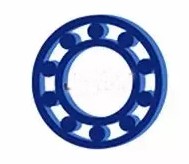

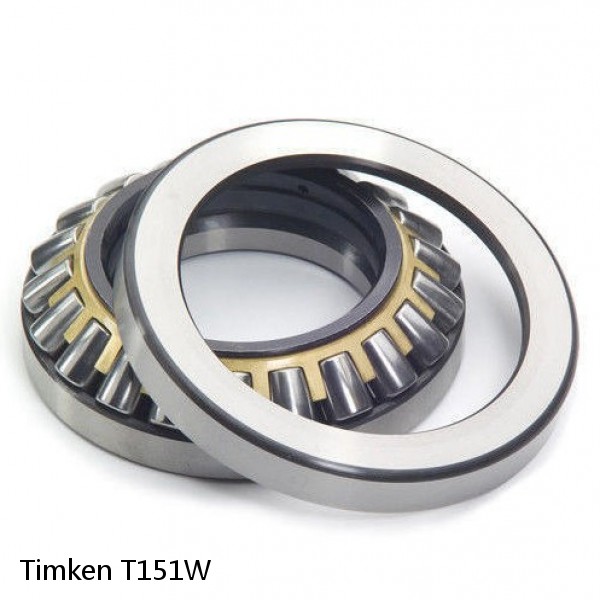 T151W Timken Thrust Roller Bearings
T151W Timken Thrust Roller Bearings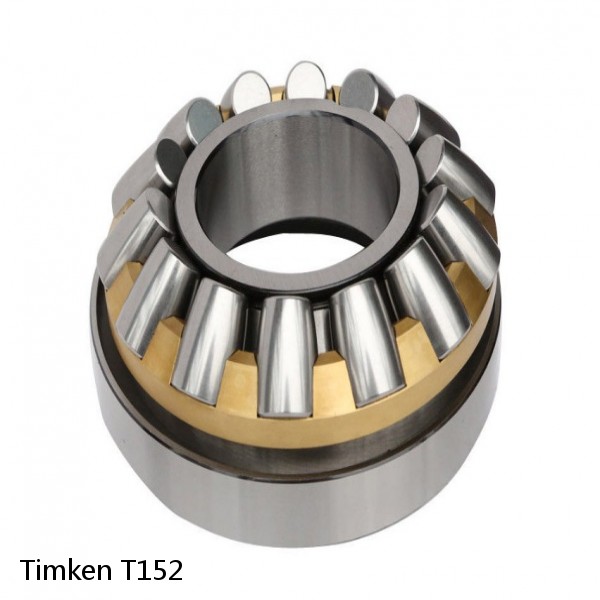 T152 Timken Thrust Roller Bearings
T152 Timken Thrust Roller Bearings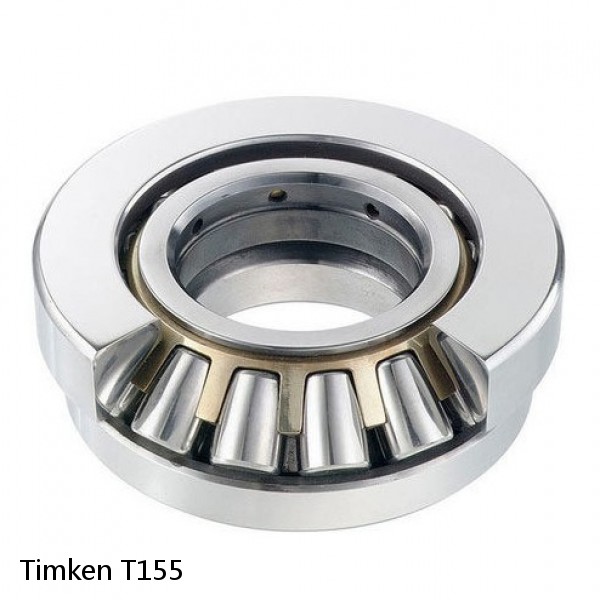 T155 Timken Thrust Roller Bearings
T155 Timken Thrust Roller Bearings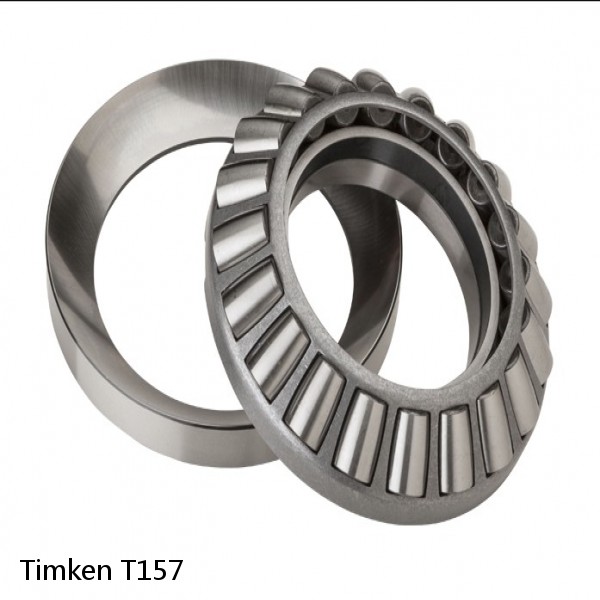 T157 Timken Thrust Roller Bearings
T157 Timken Thrust Roller Bearings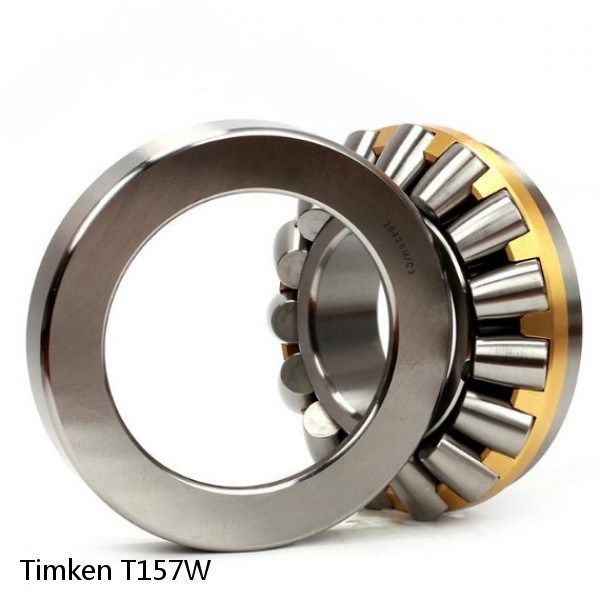 T157W Timken Thrust Roller Bearings
T157W Timken Thrust Roller Bearings